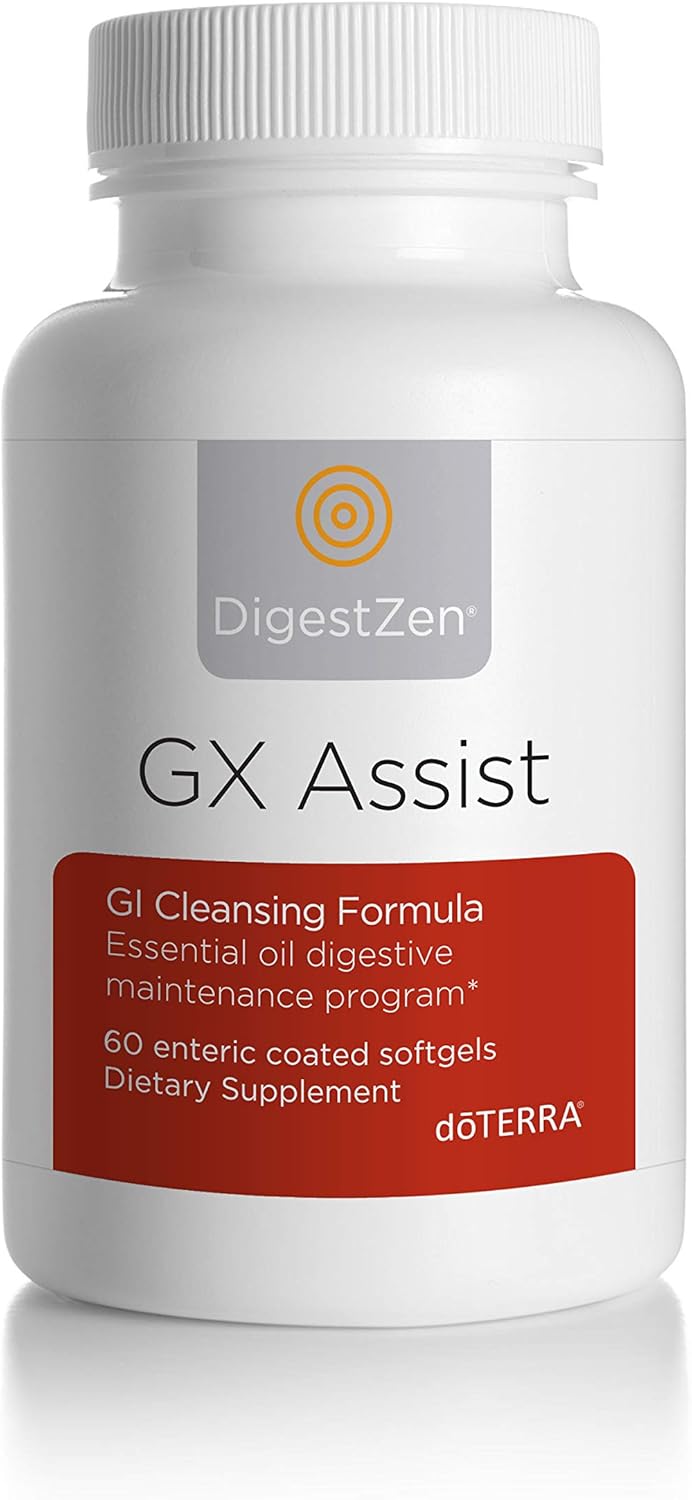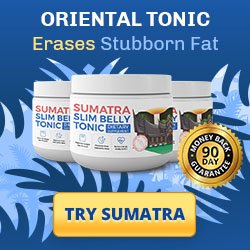Rewrite the
Acne doesn’t always end when your teen years do—and neither does the frustration that comes with treating it. Many people in their 40s, 50s and beyond find themselves breaking out again, only to realize that their favorite acne products suddenly sting, flake or make fine lines look more noticeable. Mature skin plays by a different set of rules, and what once worked can start doing more harm than good.
Dermatologists say it’s all about finding balance: keeping pores clear while maintaining hydration and a strong skin barrier. Ahead, experts share how to spot when your acne routine is too harsh for aging skin, which ingredients might be making matters worse and what to reach for instead.
Featured Experts
- Dr. Karan Lal is a board-certified dermatologist in Scottsdale, AZ
- Kristina Collins, MD is a board-certified dermatologist in Austin, TX
How Acne Changes With Age
Adult acne can look—and behave—differently than the breakouts you dealt with in high school. According to Scottsdale, AZ dermatologist Dr. Karan Lal, acne in your 40s and 50s is typically “primarily hormonal.”
“Hormonal may mean you have an imbalance of hormones or you may have increased sensitivity to certain hormones,” he explains. “Acne in your teens is often multifactorial, with a hormonal component starting the process, which is then propagated by bacteria and comedone formation.”
Austin, TX dermatologist Kristina Collins, MD says that realization can come as a surprise for many of her patients. “Patients are often so frustrated because just when they think they have conquered acne for good, they start in with an entirely different form of acne—hormonal acne,” she says. “Hormonal acne consists of juicier red inflammatory nodules and papules on the cheeks, chin, jawline and neck and involves the skin cell’s response to circulating androgens, especially prominent as estrogen levels in the body go down or change.”
Beyond hormonal acne, Dr. Collins notes that other skin conditions can also appear in midlife. “As we head into the 40s and 50s, people may also start having a higher incidence of acne rosacea,” she explains. “Rosacea is a condition affecting many people in midlife, in which there is vascular reactivity as well as inflammation, leading to flushing, redness and inflammatory papules and pustules, especially in the midface and chin.”
She adds that rosacea can be easily triggered by temperature changes, hot beverages, coffee, alcohol, exercise and certain products. “As we get older, our skin barrier function decreases and we might find increased sensitivity to various products. The changes in our skin barrier also result in a decrease in hydration of the skin, and overall dry skin tends to be more sensitive to things like chemical or physical exfoliation,” says Dr. Collins.
In short, while teenage acne is often driven by excess oil and clogged pores, adult acne tends to stem from hormonal shifts, sensitivity or rosacea—and requires a much gentler approach.
Signs Your Acne Routine Is Too Harsh
If your favorite acne product suddenly starts to sting or burn, that’s a clear sign your skin’s tolerance has changed. “The skin gets drier as we age, and this makes it hard to tolerate actives like salicylic acid and retinoids,” says Dr. Lal. “The skin barrier requires more help as we age to be able to tolerate acne products.”
Dr. Collins adds that many patients make the mistake of treating hormonal or rosacea-related acne as if it were teenage acne. “Traditional acne methods—like harsh chemical exfoliants or drying agents—can strip already dry skin of the oils it needs, making irritation and inflammation worse,” she says. “If a regimen is too harsh, acne may worsen, redness is more prominent and dry scales are often seen.”
A warning sign is if your skin feels tight or squeaky-clean after cleansing or using a treatment. It might feel satisfying in the moment, but dermatologists say it’s a sign your barrier is compromised. “Your barrier needs love,” says Dr. Lal, who recommends layering a hydrating serum or light moisturizer before applying acne actives to help buffer irritation.
And dryness doesn’t just cause discomfort; it can also make wrinkles look deeper. “When the skin is too dry, fine lines look worse,” notes Dr. Collins. “Without a good barrier repair product, makeup tends to settle in creases and enhance wrinkles for people in their 40s and higher.”
The takeaway: if your acne products leave you red, tight or flaky, they’re likely working against you.
How to Build an Acne Routine That Supports Aging Skin
The goal isn’t to ditch acne actives entirely—it’s to use them more strategically. That means avoiding ingredient overload and adjusting your routine for tolerance. “Don’t use two actives at once—use your salicylic acid in the morning and your retinoid at bedtime,” he explains. “And don’t use vitamin C if you have adult-onset acne, as it may make acne worse. You can, however, use stable vitamin C derivatives like THD ascorbate or sodium ascorbyl phosphate.”
For prescription options, Dr. Lal likes Winlevi, a topical androgen blocker that helps balance hormones without disrupting the skin barrier. “This is huge for aging skin,” he says.
Dr. Collins agrees that mature, acne-prone skin does best with a gentler approach. “Salicylic acid, benzoyl peroxide and high-strength retinoids are largely unnecessary for mature skin,” she says. “Instead, focus on gentler exfoliants like glycolic or mandelic acid, pair antioxidants with SPF in the morning and use a lower-potency retinoid at night.”
She adds that barrier-supporting and hormone-friendly ingredients can make a big difference. “Some people may also benefit from antiandrogens like spironolactone or even estrogen boosting or biosimilar/bioidentical estrogen based topicals like estriol,” she explains.
Of course, it’s always best to work with your provider to find what’s right for your skin—but having a little background knowledge never hurts.
in HTML format to be seo optimized related to this title Signs Your Acne Routine Is Too Harsh for Mature Skin
. Create appropriate headings and subheadings to organize the content. Ensure the rewritten content is approximately 1000 words. Ensure to strip all images from final output i dont need images.At the end of the content, include a “Conclusion” section and a well-formatted “FAQs” section.Ensure there are no additional notes and introductory text in the final output.Final output is gonna publish directly as post content so keep in mind provide only rewritten post content without any introductory text or notes in result and kindly dont explain what you done or what you provided as output of this prompt
Recommended Products:
-

100% Organic Arjuna Bark Powder (Terminalia Arjuna) 1/2 LB, 08 oz, 227g USDA Certified Organic- Biodegradable Resealable Zip Lock Pouch Traditional rejuvenative and Tonic for The Heart
$9.00 Buy Now -

THALGO Source Marine – Hydrating 7-Day Treatment, Absolute Hydra-Marine Concentrate SOS Course with Hyaluronic Acid, 7×1.2ml
$60.00 Buy Now -

doTERRA GX Assist GI Cleansing Formula – 60 Softgels
$13.99 Buy Now



